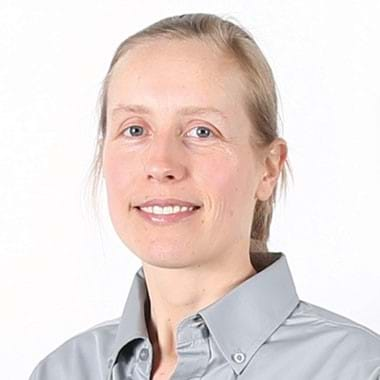Developing new shelter systems adapted to organic raspberry production that reduce pest infestations and boost crop productivity and profitability

Annabelle Firlej
Description
Organic berry field farming is short on solutions that ensure good productivity and fruit quality. High tunnels are widely used around the world (over 1.6 million hectares) because extended growing seasons provide farmers with significant potential economic benefits. However, the main limiting factor is the effective control of insects such as thrips, mites, spotted wing drosophila, strawberry bud weevil, raspberry borer, tarnished plant bug, and tarsonemus. An improved design for high tunnels would lead to better control of climatic conditions and extended harvest periods. Lightweight structures that combine rain shelters and insect netting could provide a sustainable solution for small organic growers.
Objective(s)
- Design and validate a new generation of high tunnels with automatic retractable roofs, new roofing materials, and screens that will extend the harvest season.
- Assess the efficiency and cost-effectiveness of rain shelters and insect netting on lightweight structures in organic, summer and fall raspberry production.
From 2018 to 2021
Project duration
Fruit production
Activity areas
Pest, weed, and disease control, Organic farming
Services
This project will help extend the growing season for berry producers.

Partners
Agrisys | Centre de recherche agroalimentaire de Mirabel | CETAB+| Dubois Agrinovation | Fraises de l’Île d’Orléans | Industries Harnois | Ministère de l'Agriculture, des Pêcheries et de l'Alimentation du Québec | Organic scientific cluster | Université Laval
This may interest you
The Apple Phytosanitary Warning Network: Detection, Monitoring, Forecasts and Recommendations for Quebec Orchards
The Apple Phytosanitary Warning Network.
Researchers: Gérald Chouinard Vincent Philion Daniel Cormier






